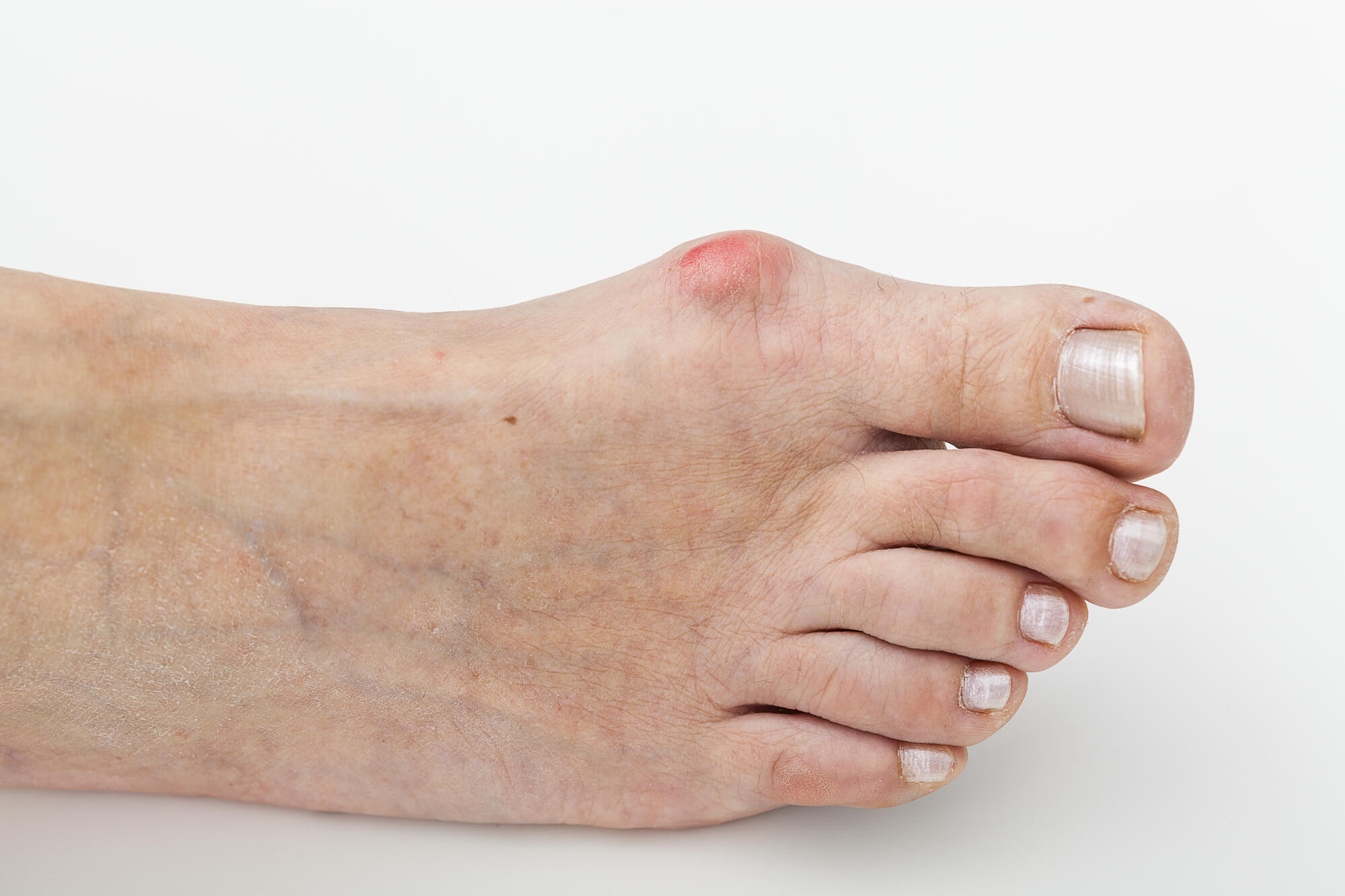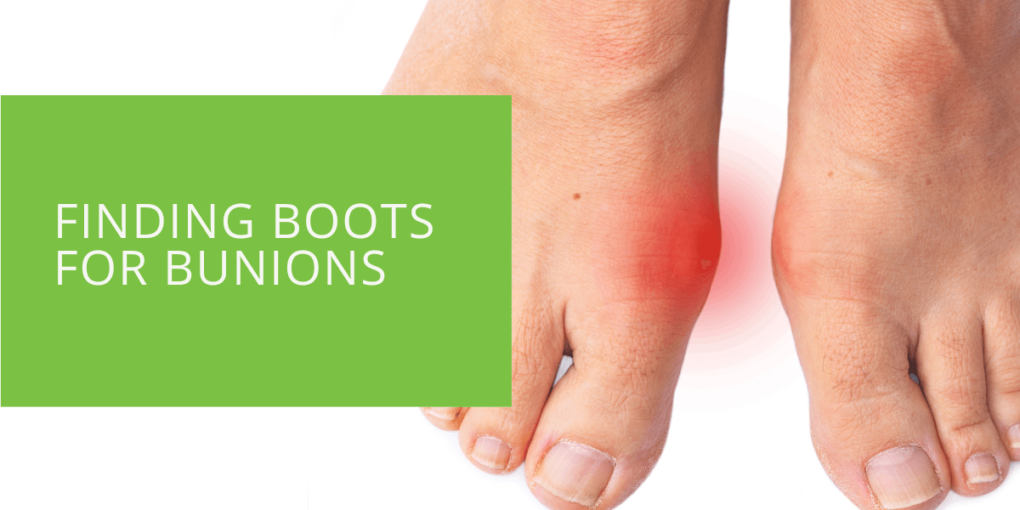Guide to Finding Boots for Bunions
Bunions pose a common challenge for footwear, but fear not! In this comprehensive guide, we'll explore how to select the best boots to alleviate bunion pain and discomfort. Let's dive into understanding bunions, key features to look for in boots, types of bunion-friendly boots, and essential tips for choosing the right pair.
Key Takeaways
- Choosing the right boots for bunions involves prioritizing features like a bunion-friendly design, ample toe box space, and cushioning to alleviate pain and discomfort.
- Types of boots ideal for bunions include dress boots, hiking boots, and running shoes, each offering specific benefits for bunion sufferers.
- It's essential to consider factors such as heel height, fit, flexibility, and support when selecting boots, and consulting with a podiatrist can provide personalized recommendations for optimal foot health.
Understanding Bunions and the Importance of Proper Footwear
Bunions, often caused by wearing ill-fitting shoes or genetics, are bony bumps that develop on the joint at the base of the big toe. They can lead to inflammation, redness, and discomfort, especially when wearing shoes that rub against them.
What Are Bunions and Why Do They Matter in Boot Selection?
Bunions occur when the bones in the front part of the foot shift out of place, often due to prolonged pressure. Proper footwear is crucial in managing bunions by reducing pressure on the affected area and preventing further irritation.
The Role of Proper Footwear in Managing Bunions
Choosing the right footwear is essential for individuals with bunions. Properly fitting shoes can help alleviate pressure on the affected area, reduce pain, and prevent the condition from worsening.
Proper footwear provides comfort and supports the natural alignment of the foot, reducing strain on the bunion and promoting overall foot health.
Key Features to Look for in Boots for Bunions
When shopping for boots suitable for bunions, several key features should be considered to ensure maximum comfort and support.
Bunion-Friendly Design
Look for boots with a bunion-friendly design, including a wide toe box that allows the toes to spread naturally. Avoid narrow or pointed-toe boxes, as they can exacerbate bunion pain by squeezing the toes together.
Ample Toe Box Space
Ensure the boots provide ample space in the toe box to accommodate the bunion comfortably. A spacious toe box prevents rubbing and friction, reducing irritation and discomfort.
Cushioning and Padding
Opt for boots with sufficient cushioning and padding in the sole and around the bunion area. Cushioned soles absorb shock and provide additional support, while padding helps protect the bunion from pressure and friction.
Arch Support and Stability
Choose boots with adequate arch support to promote proper alignment and reduce foot strain. Look for styles with supportive soles and firm heel counters to stabilize and prevent overpronation.
Adjustable Fit Options
Consider boots with adjustable features such as laces, straps, or buckles. These allow you to customize the fit according to your foot shape and accommodate any swelling or changes in the bunion size.

Types of Boots Ideal for Bunions
Not all boots are created equal when it comes to bunion-friendliness. Here are some types of boots that are ideal for individuals with bunions.
Bunion-Friendly Dress Boots
Opt for dress boots with a wide toe box and low heels for formal occasions or professional settings. Look for styles made from soft, flexible materials that won't constrict or rub against the bunion.
Comfortable Hiking Boots for Bunions
If you enjoy outdoor activities like hiking or camping, invest in hiking boots designed specifically for bunions. Look for rugged yet comfortable styles with ample cushioning, sturdy support, and a roomy toe box.
Supportive Running Shoes for Bunions
For active individuals, running shoes with bunion-friendly features are essential. Choose lightweight, breathable styles with ample cushioning, arch support, and a wide toe box to accommodate bunions and prevent discomfort during workouts.
How to Choose the Best Boots for Your Bunions
Selecting the perfect pair of boots for your bunions requires careful consideration. Here are some tips to help you make the right choice.
Consider Heel Height
Opt for boots with a low to moderate heel height to reduce pressure on the front of the foot. High heels can exacerbate bunion pain and cause imbalance, so it's best to avoid them if you have bunions.
Prioritize Comfort and Fit
Comfort should be your top priority when choosing boots for bunions. Make sure the boots feel comfortable from the moment you try them on, with no areas of tightness or pinching. Remember to leave some wiggle room for your toes to move freely.
Test for Flexibility and Support
Flex the sole of the boot to ensure it bends at the ball of the foot, not in the middle. This indicates proper flexibility and support, essential for preventing strain on the bunion and promoting natural foot movement.
Seek Recommendations from a Podiatrist
When in doubt, consult with a podiatrist for personalized advice and recommendations. A podiatrist can assess your foot structure, gait, and specific needs to help you find the best boots for your bunions.
Podiatrists can offer valuable insights into your unique foot issues and may recommend custom orthotics or other treatments to complement your choice of footwear.

Tips for Properly Fitting and Wearing Boots with Bunions
Once you've found the perfect pair of boots, follow these tips for a comfortable fit.
Ensure Proper Sizing
Get professionally fitted for boots to ensure they accommodate the width and shape of your foot, including the bunion. Avoid shoes that are too tight or loose, as they can cause discomfort and exacerbate bunion pain.
Use Bunion Pads or Cushions
Consider using bunion pads or cushions to provide extra protection and cushioning for the bunion area. These accessories help reduce friction and pressure, allowing you to wear boots more comfortably.
Gradually Break In New Boots
Take your time breaking in new boots to allow them to mold to the shape of your feet. Wear them for short periods initially and gradually increase the duration as they become more comfortable.
Regularly Check for Signs of Irritation
Inspect your feet regularly for any signs of irritation or redness caused by the boots. Adjust the fit or padding accordingly to prevent blisters or sores if you notice any discomfort or rubbing.
The Benefits of Investing in Quality Boots for Bunions
Investing in high-quality boots designed specifically for bunions offers numerous benefits.
Alleviating Pain and Discomfort
Bunion-friendly boots relieve pain and discomfort associated with bunions, allowing you to stay active and on your feet without unnecessary strain.
Preventing Further Bunion Development
By wearing properly fitting boots with ample toe room and support, you can prevent further exacerbation of bunions and minimize the risk of developing additional foot problems.
Supporting Overall Foot Health and Function
Choosing the right footwear for bunions promotes overall foot health and function by maintaining proper alignment, reducing pressure points, and supporting the foot's natural structure.
Conclusion
Finding the best boots for bunions doesn't have to be daunting. By prioritizing features such as bunion-friendly design, ample toe box space, cushioning, and arch support, you can ensure optimal comfort and support for your feet. Remember to consult with a podiatrist for personalized recommendations and invest in quality footwear to support your foot health. Our team at ePodiatrists is here to help you find the perfect boots for your bunions. Schedule an appointment today to learn more about the best footwear options.

